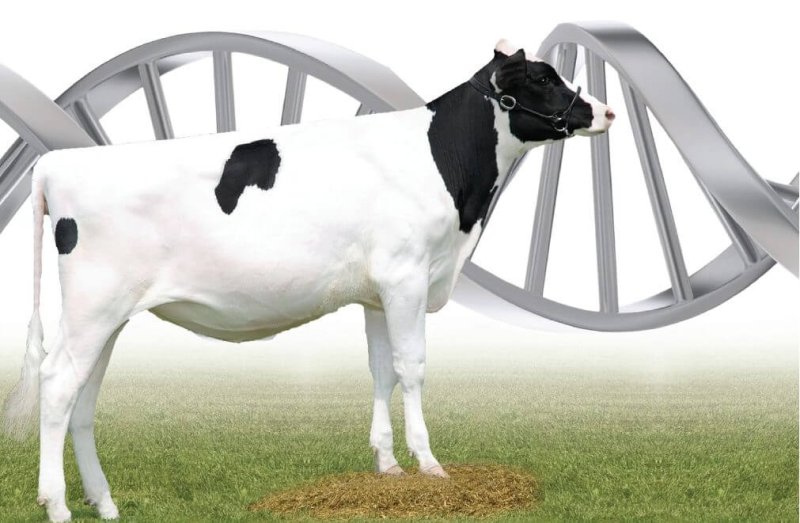They were the poster animals for the gene-editing revolution, appearing in story after story. By adding just a few letters of DNA to the genomes of dairy cattle, a US startup company had devised a way to make sure the animals never grew troublesome horns.
To Recombinetics—the St. Paul, Minnesota gene-editing company that made the hornless cattle—the animals were messengers of a new era of better, faster, molecular farming. “This same outcome could be achieved by breeding in the farmyard,” declared the company’s then-CEO Tammy Lee Stanoch in 2017. “This is precision breeding.”
Except it wasn’t.
Food and Drug Administration scientists who had a closer look at the genome sequence of one of the edited animals, a bull named Buri, have discovered its genome contains a stretch of bacterial DNA including a gene conferring antibiotic resistance.
…
The blunder is a setback for Recombinetics, whose pioneering prototypes of gene-edited animals include heat-resistant cattle as well as pigs that never hit puberty. It’s also a strike against efforts to make such gene editing a routine practice in animal reproduction.
Read full, original article: Gene-edited cattle have a major screwup in their DNA
































